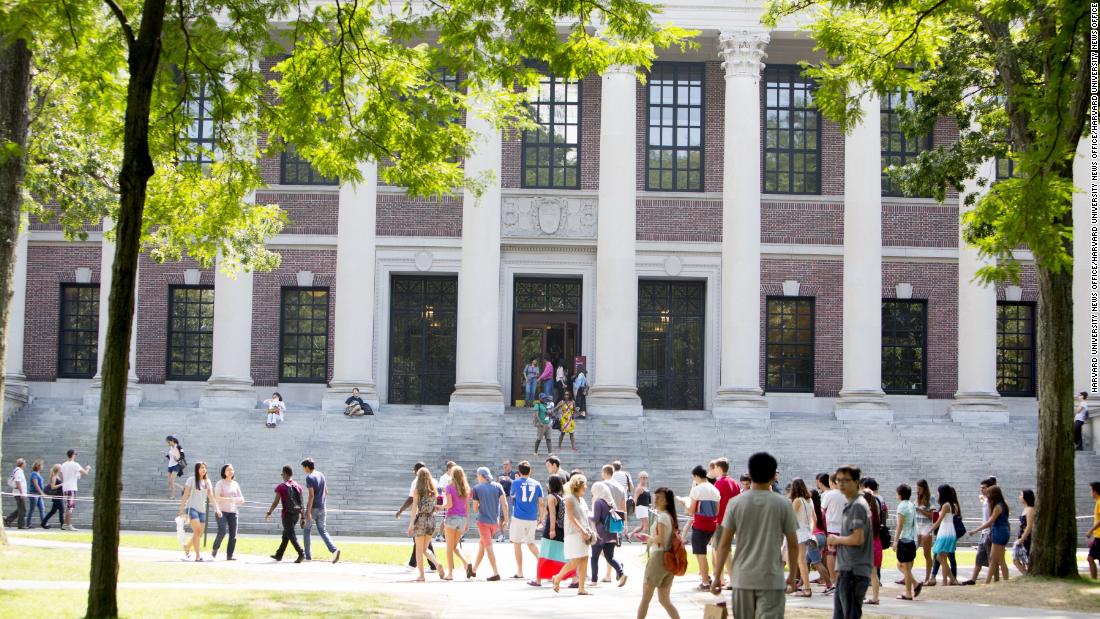[ad_1]
Missing from the current debate is a fundamental question that the plaintiffs chose not to raise: should we treat non-white groups as equally disadvantaged? Alternatively, should we account for the different kinds, degrees and consequences of non-white disadvantage?
Asians are divided on this issue. Supporters argue that affirmative action is necessary to address past discrimination against African Americans, and to create diverse schools and workplaces that reflect the racial and ethnic demography of the US population. Opponents decry the moral failing of an antiquated policy that privileges group membership over meritocratic ideals, in which Asians are the newest victims.
What explains the difference between foreign-born and later-generation Asians?
As newcomers to the US, many immigrants from a variety of countries of origin are prepared to expect situations like this.
This places Asians in a unique bind: in spite of their labor market disadvantage and non-white minority status, Asians also lack the legacy of disadvantage of blacks that make them eligible beneficiaries of affirmative action. Hence, some Asian immigrants feel like they are both victims of discrimination and victims of affirmative action who are penalized for their race while blacks and other minorities are rewarded for theirs.
Undergirding this sentiment is what we call the false equivalency of non-white disadvantage, which treats all racial minority groups as though they are equally disadvantaged. Asians may be a disadvantaged minority relative to whites, but they are also an advantaged minority relative to blacks.
This educational edge becomes even more pronounced among their US-born children who soar past both blacks and whites.
We have found that many Asians whose families have been in the US for several generations — arguably the most assimilated — refuse to fall prey to the false equivalency. They better understand their class advantage over African Americans and other nuances of context.
In fact, many later-generation Asians, like blacks, are most likely to support affirmative action as it was originally designed and intended—to redress past wrongs against blacks by whites.
More astounding is these special preferences tip the scale so heavily for white students that about three-quarters would have been rejected had they not belonged to one of these preference categories.
But rather than attempting to dismantle Harvard’s preference for athletes, legacies and students of donor’s, faculty and staff, the plaintiffs have focused on trying to dismantle Harvard’s consideration of race and ethnicity. Dismantling Harvard’s institutional preference for those in the former category would increase the chances of admission not only for Asian American applicants, but for a broad range of students from different race and class backgrounds.
[ad_2]
Source link



